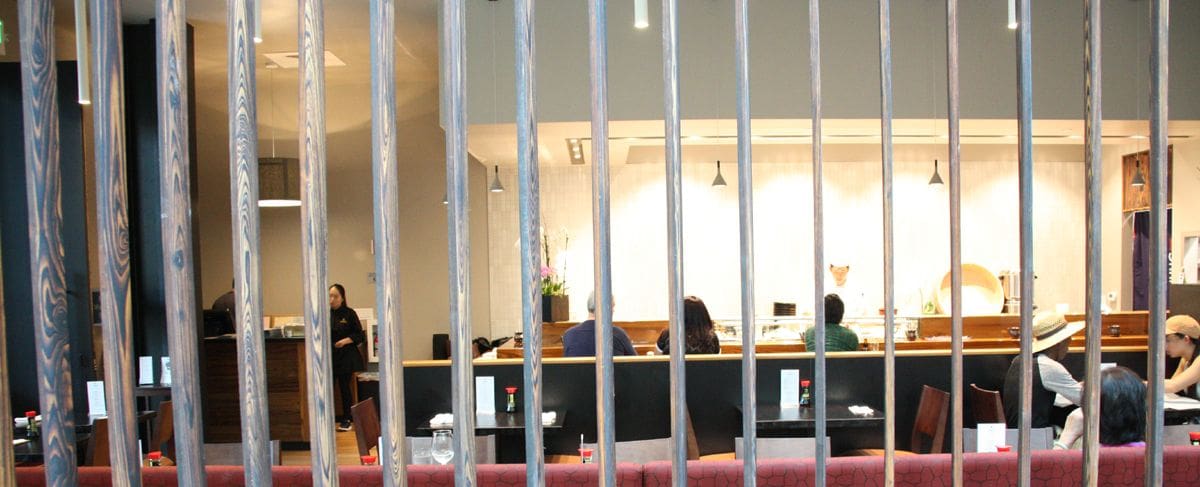
Sanraku
Everyone's Sanraku
Sanraku is a Japanese restaurant with two stores in downtown San Francisco and one store in San Jose. In 1989 Hattori, the current president, inherited the Teriyaki House Sanraku and refurbished it as Sanraku (Sutter store), which focused on sushi. After that, he opened the Metreon store in 1999 and the San Jose store in 2016. The character of the Sutter and Metreon stores attract tourists and locals, whereas the San Jose store is in a mall, so it attracts families and locals. They’re restaurants where people can enjoy reasonably priced sushi. The menu includes a variety of standard Japanese cuisine, such as sushi, soba, udon, tempura and rice bowls. Their dedication to an inclusive and welcoming atmosphere can be clearly seen in their slogan, "Everyone's Sanraku". Many customers - up to 90%! - aren’t Japanese, but according to the restaurant, “Americans and Japanese have different taste preferences. However, we’ve aimed for a flavor that both Americans and Japanese find delicious.” And they’ve continued to serve carefully prepared food since they opened.
Sushi is their recommendation, even with their varied menu, and almost all of Sanraku’s sushi chefs are professionals who have trained in Japan. They also employ locals who aren’t averse to sushi. When in Rome, do as the Romans do. All the rolls are originals. “Rolls are ordered in much larger quantities than nigiri sushi. Even so, Japanese customers often say that rolls filled with tempura or soft shelled crab delicious too,” Hattori explains.
Japanese fish and sake available due to distribution.
30 years ago when the store opened there was an extremely limited range of fish available to use in sushi. However, distribution has improved in the last 10 to 15 years and it’s possible to get fresh, raw fish from Japan, rather than frozen. Because this has brought an understanding of Japanese food to America and increased the number of customers interested in it, it is now possible to order good quality Japanese produce that were previously unavailable, like white-fleshed fish, eel, sea urchin, and tuna. Hattori says, “It’s fundamental to choose good quality fish over cheap prices.” More customers are willing to try something new if it’s recommended by saying, “We just received xx fish from xx.” Also, 30 years ago Japanese sake meant hot sake, but in the last 10 years the number of people enjoying sake has increased and more people are drinking it cold. Sanraku stocks 15-20 types at any one time.
In recent years there has been an increase in high-class sushi restaurants in San Francisco serving only omakase - or "chef's choice" courses, but at Sanraku: “I think customers can still enjoy themselves for $15 to $20, and some will spend over $100 at the counter. I believe the quality of my food is equal to that of high-class restaurants.” The San Jose store actually has an omakase course available and each store has daily specials that change depending on available stock. By meeting a wide range of needs, they demonstrate how they really are the embodiment of “Everyone’s Sanraku”.
Sanraku continues to be a place anyone can easily enter and have a good time, while keeping up with the ever changing restaurant scene.
